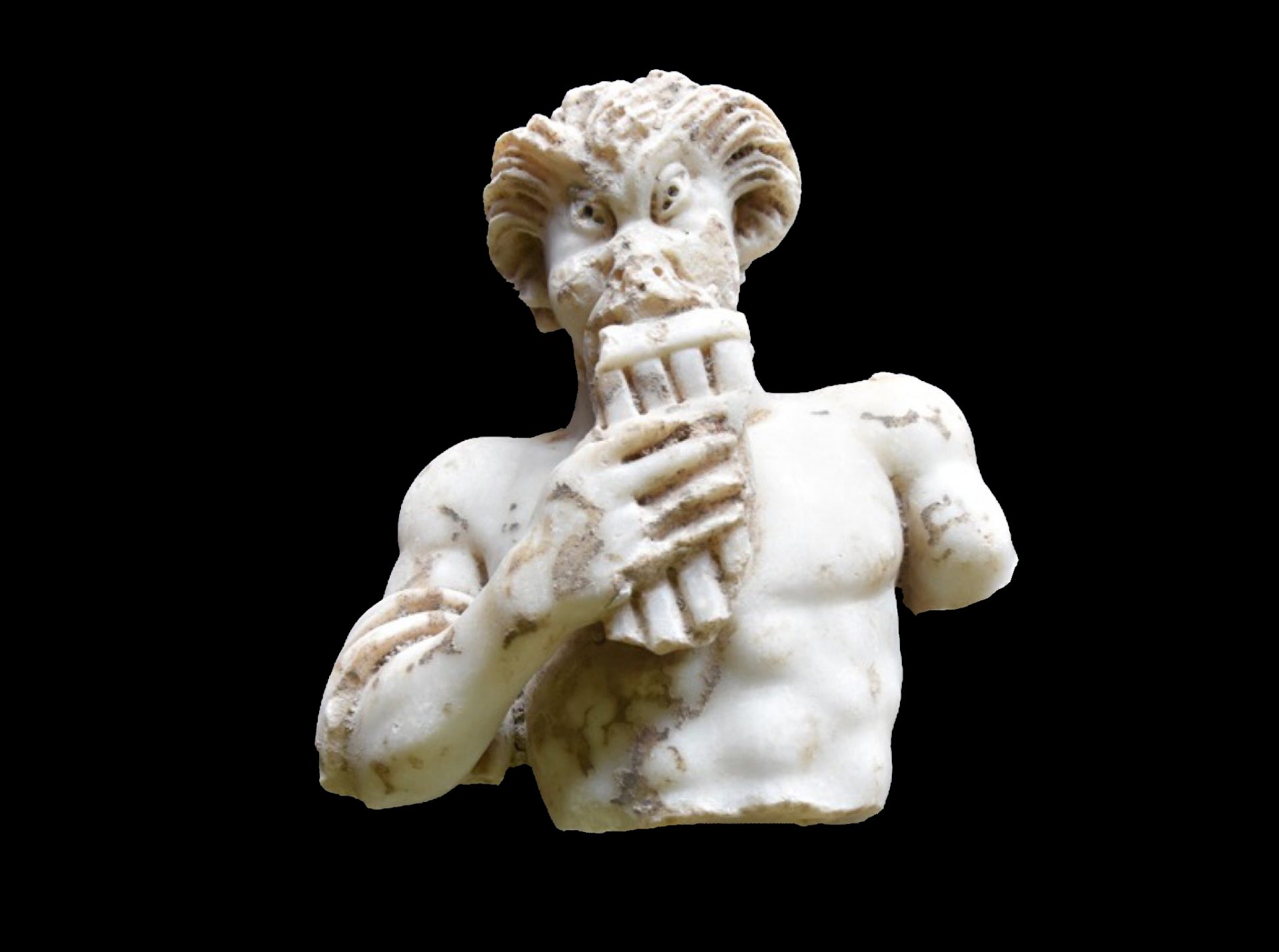Excavations by the Istanbul Metropolitan Municipality (IBB) in Saraçhane Archaeology Park has led to the discovery of a statue depicting Pan, a god from Greek mythology.
Pan is often shown with hindquarters and horns reminiscent of a goat, much like the mythical fauns and satyrs. Hailing from the realm of Arcadia, he is also revered as the deity presiding over meadows, forests, and enchanting valleys.
Furthermore, Pan’s association with carnal desires often associates him with sexuality, establishing his connection to fertility and the rejuvenating season of spring. In Roman religion and myth, Pan’s counterpart was Faunus, a nature god who was the father of Bona Dea, sometimes identified as Fauna.
Archaeologists excavating in Saraçhane Archaeology Park, located in Istanbul, Turkey, have found a statue depicting Pan at the Church of St. Polyeuktos, one of the largest churches constructed in Constantinople.
The statue dates from around AD 323, around the same time when the ancient city of Byzantium was selected to serve as the new capital of the Roman Empire, and the city was renamed Nova Roma, or “New Rome”, by Emperor Constantine the Great.
The statue measures 20 cm’s in height by 18 cm’s in width, with the left arm and lower body parts found broken in situ. The depiction shows the god holding his pan flute, a musical instrument based on the principle of the closed tube, consisting of multiple pipes of gradually increasing length (and occasionally girth).
According to İBB Deputy Secretary General Mahir Polat, the excavations have reached part of a Palace complex, where archaeologists also recently found a stone torso from the Late Roman period around the 3rd to 4th century AD.
Header Image Credit : iBB





